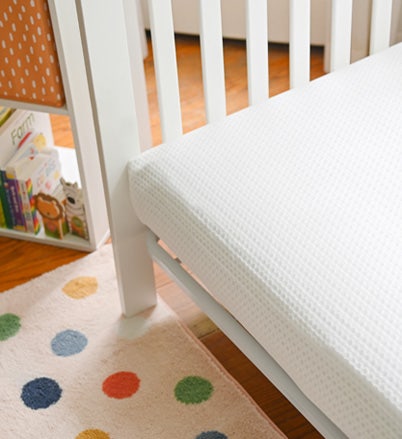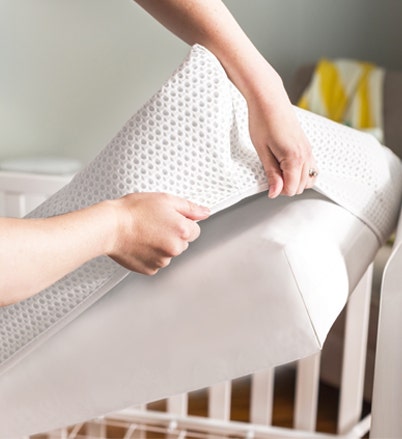What Is Gentle Sleep Training? Ask a Sleep Coach!
Wondering what “gentle sleep training” is? Unlike sleep training methods that advocate for letting the child cry until they fall asleep, gentle sleep training is an approach that focuses on being responsive, understanding and patient with your child's needs. It's not a one-size-fits-all solution; instead, it's a flexible framework that can be tailored to suit the unique temperament and developmental stage of your child.
Whether you're a new parent or simply seeking alternative methods to the traditional “cry it out” approach, you're in the right place. Read on to learn what gentle sleep training is and three different gentle sleep training methods you can try.
What Is Gentle Sleep Training?
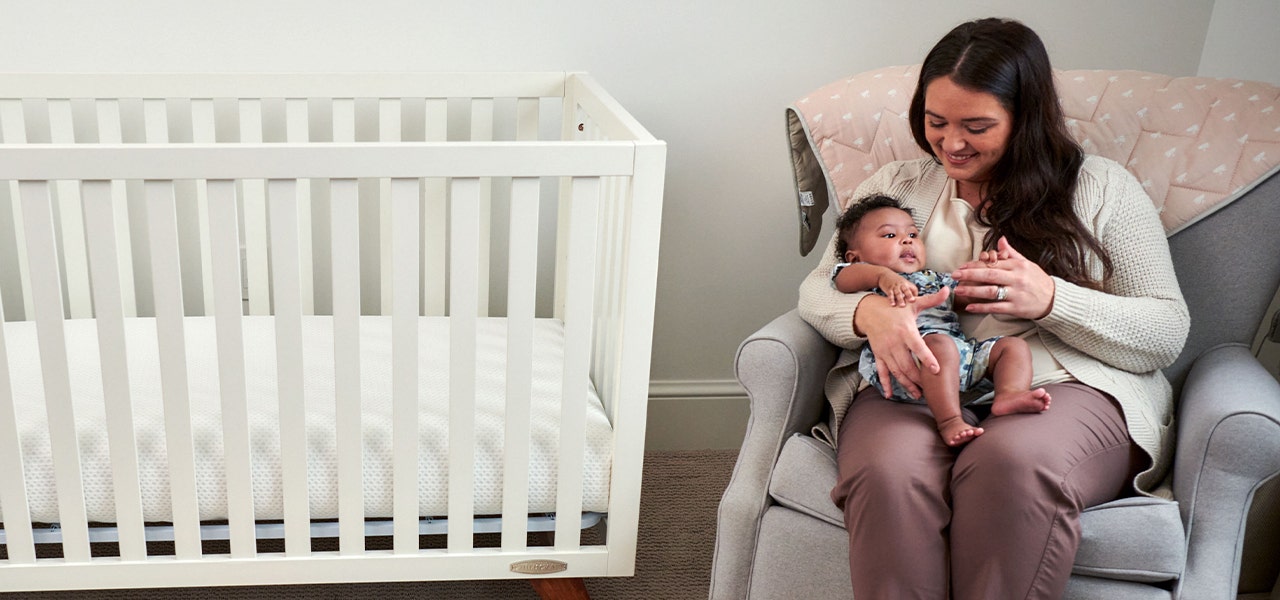

Gentle sleep training is designed to help infants and young children establish independent sleep habits without leaving your child to cry alone. It promotes a nurturing and supportive environment while encouraging self-soothing and independent sleep.
There are many different ways you can gently sleep train; it's not just one technique. Remember, you know your child better than anyone. If you believe a technique won't work for your child, the chances are the technique won't work for your child! Don't feel pressured into doing anything that doesn’t feel right.
Gentle Sleep Training Step-by-Step
Sleep training aims to teach your child the skills to get themselves to sleep initially and back to sleep throughout the night. But to make that step much easier for you and your little one, we actually want to look at your child's entire 24 hours.
Let's take a look at four steps that will make gentle sleep training much easier at bedtime and beyond:
1. Respect Your Child's Individuality
Gentle sleep training recognizes that each child is unique and may require different strategies. It considers the child's temperament, age and developmental stage.
2. Create a Safe and Soothing Sleep Environment
The more relaxed your child is, the easier a time they will have sleeping. We do this through the use of consistent bedtime routines, dim lighting, soothing sounds or music, etc.
3. Build a Predictable Sleep Schedule
Consistency is crucial when gentle sleep training. Establishing a consistent sleep schedule helps the child understand and anticipate sleep times, promoting better sleep and reducing bedtime resistance.
4. Teach Independent Sleep Skills
Gentle sleep training gradually teaches your child to fall asleep independently. Initially, you are heavily involved; as you move forward, you become less involved, and they become more independent.
How Is Gentle Sleep Training Different from “Cry it Out”?


When you think about sleep training, you may think it involves popping your child into bed, leaving the room and not returning for a set amount of time (if at all!). That method is called “cry it out.” And, yes, even timed checks are considered the “cry it out” method. Leaving your child to cry alone (not just fuss) is “cry it out.”
In contrast, when you're gentle sleep training, you remain with your child for the entire time. Lots of gentle sleep training techniques even involve picking your child up to soothe them.
3 Common Gentle Sleep Training Methods
These three common gentle sleep training techniques are designed to provide comfort and reassurance to your child as they learn the skill of self-soothing and independent sleeping.
1. The Tippy Toe Method
With this technique, you maintain a close presence but avoid picking up your child until the urgent cry. This method works best for children over 6 months old.
Start by positioning a chair next to the crib – close enough for you to be able to touch your child without straining your back. Place your child in their crib and sit down in the chair. You can touch your child through the crib bars and use your voice to soothe. If your child gets up, lay them straight down. If their cry becomes urgent, pick them up and lay them back down when soothed. Repeat, repeat, repeat until your child has fallen asleep.
As the nights go by, you move the chair further away from the crib. Start by sitting in the chair. Go to the crib if needed, but always return to the chair. Keep moving the chair further and further away, heading towards the door.
2. The Pat the Baby Method
This method ensures your baby is asleep before you leave the room. The key to making this method work is remaining calm, quiet and patient.
Lay your child down in the crib. If your child is happy, you can leave the room. Chances are your child will get upset, roll over, sit up or stand. Start by soothing with your voice. If that doesn't work, you can pick them up. Hold them horizontally and don't let them fall asleep on you. When they stop crying, lay them back down. Talk calmly to reassure them while rubbing their back, patting gently between the shoulder blades or just maintaining gentle pressure.
When your child has settled, gradually withdraw your hand and back slowly away. You can continue to talk soothingly to let your child know you are still there. Repeat, repeat, repeat … you know the drill.
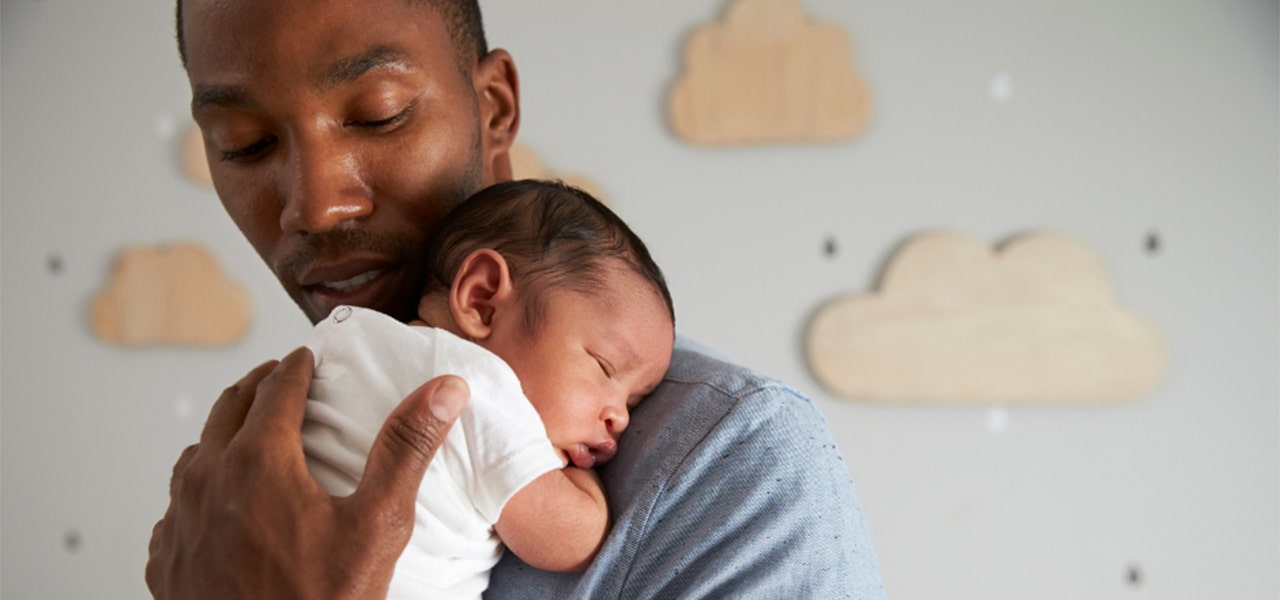

3. The Michi Method
My technique lets you do what you and your child are comfortable with. You'll remove one of your supports every fourth night until your child is settling on their own.
There are four keys to this method:
- Respond immediately to your child's urgent cry, but not fussing or whining.
- Be hands-off until it is clear your child is getting sleepy.
- Stay attuned to your child's preferences.
- Remove one way you are helping every fourth night.
Once your child is in bed and asking for help, soothe them with your voice. If you hear an urgent cry, you can pick your child up and soothe them any way you can, then pop them back into bed. Don't worry if they jump back up, roll over or sit up again. If your child is sitting or standing in the crib but doesn't need to be soothed, lay them back down every three to five minutes.
Repeat, repeat, repeat until your child becomes sleepy and tired. They won’t jump up as quickly, may rub their head against the mattress or even seem to slow down physically. This is your cue for a change in tactic. Lean over the crib and be as hands-on as you need to be to help them to sleep. Remember to get less involved every fourth night until your little one is falling asleep all on their own.
It may take longer to see results when you’re gentle sleep training, but it is an excellent technique for those who don't want to leave their baby crying or who know that a cry-it-out technique won't work for their child. Be patient with your little one (and yourself!) and you’ll get there. (And if your baby is still fighting sleep despite these techniques, check out these tips!)

 Baby
Baby
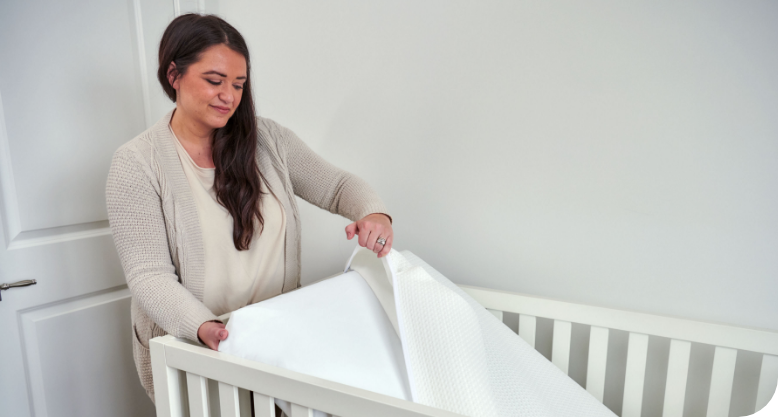
 Kids
Kids
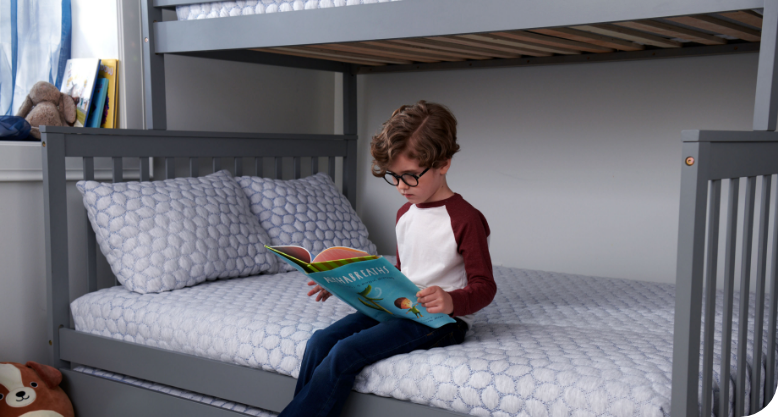
 Learn
Learn
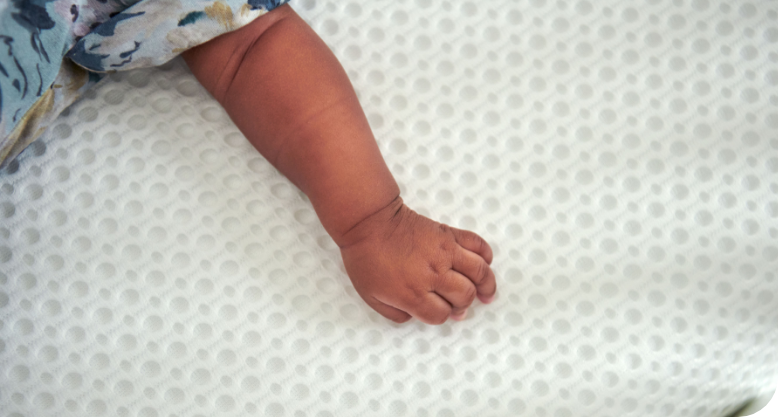
 FIND A STORE
FIND A STORE CONTACT
CONTACT

